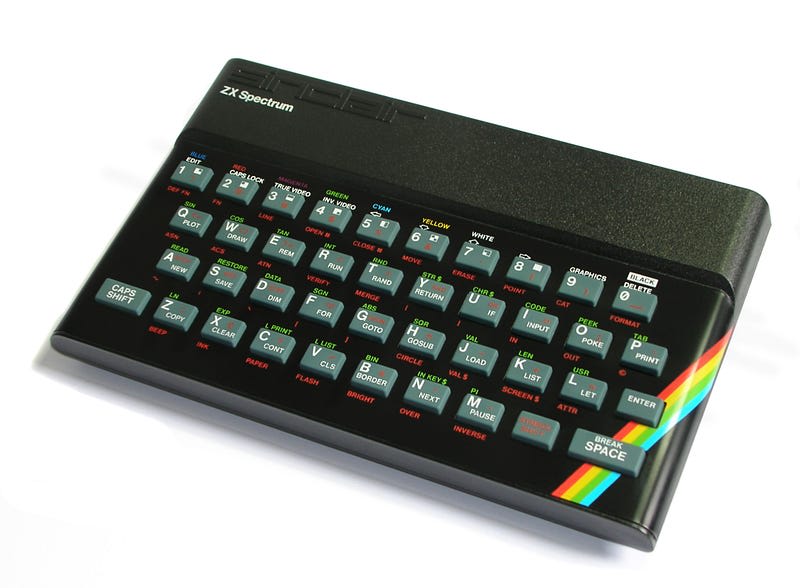Sometimes you need people to know stuff. Some of it is boring, non-essential and dull. Some of it is fascinating and vital. Consider these two pieces of information:
a. “Alice will be on a course next week, so she won't be in the office”
b. “Our production environment is down”
Those are very different items of news. One is urgent, possibly requiring the immediate attention of everyone. The other is pretty mundane. Often, we choose email as the best means for delivering both.
I don't want to bash email. Email is okay. But it isn't ideal for either of those messages. The point is to recognise that these two pieces of information are very different. Each requires a different approach to delivery.
Televisions and telegrams
A television pumps out information into a room. Sometimes it might catch our eye, but often it fades into the background while we scroll up and down on our phones.
A telegram demands attention. If you're unfortunate enough to owe someone a lot of money you may still receive a telegram here in the 21st century. Someone will come to your house, verify your name, and put a letter in your hand. That's an arresting form of communication. It demands attention.
Television and telegrams are very different. They sit near opposite ends of the communication spectrum.
The communication spectrum
There are loads of ways of getting a message to people on your team, and some are more effective than others. Here's a few suggestions, in increasing order of how much attention they grab.
- Website
- Poster
- Whiteboard
- Wall-mounted TV screen
- Group instant message
- Direct instant message
- Letter
- Telegram
- Conference call
- Phone call
- Conversation
- Meeting
- Yelling across the office
At the top is “website”. This doesn't grab much attention at all, because someone has to actually think to look at it. But that could be all we need. Consider our first example message –
“Alice will be on a course next week, so she won't be in the office”
If I don't ever work with Alice, or don't know who she is, then I don't need that information. But if I'm wondering where she is then I can look her up on the internal staff leave website.
Whiteboards also work well for this kind of thing. I've previously suggested using a Whiteboard of Truth. It's a means of sharing key information with your team without bothering them too much.
At the bottom of our spectrum is the potent, yet very disruptive, “yelling across the office”. I'd suggest this is often a reasonable course of action in the event of a major production outage.
Where does your message fit?
Going Faster: weekly tips for speeding up your software team. Subscribe at tinyletter.com/goingfaster
Jez Halford is a software development coach helping teams in the UK to be more agile, scale better and automate more. Visit jezhalford.com to find out more.





Top comments (1)
So far you're the only one writing on teamwork and communication here that I could find under those tags specifically. Hoping to add to this conversation as I learn more as I move along in my journey. Thank you for contributing. :)